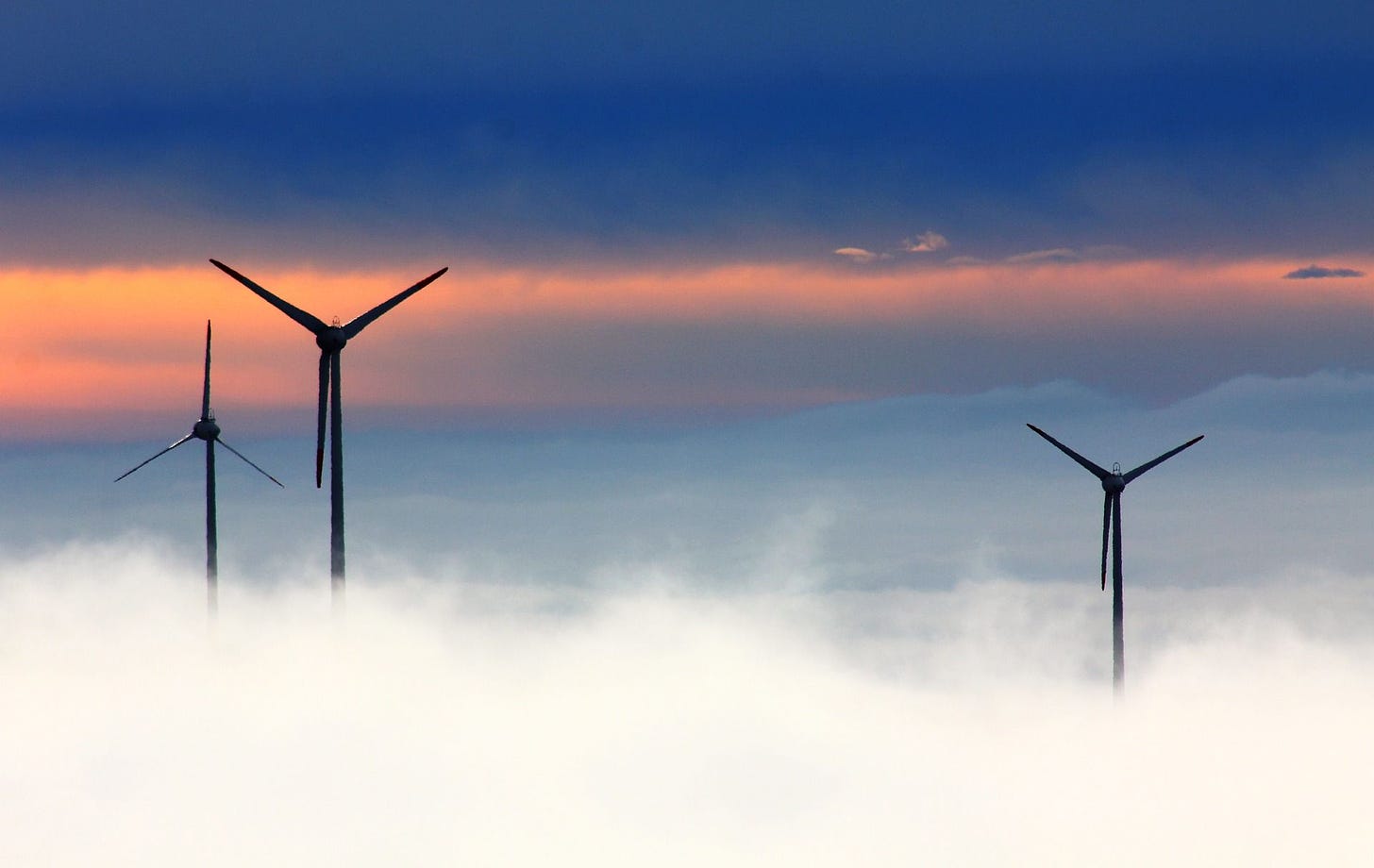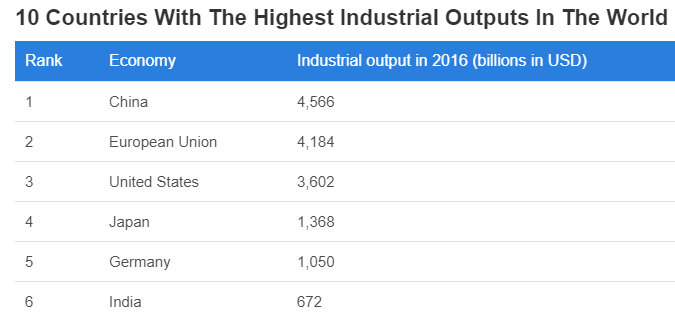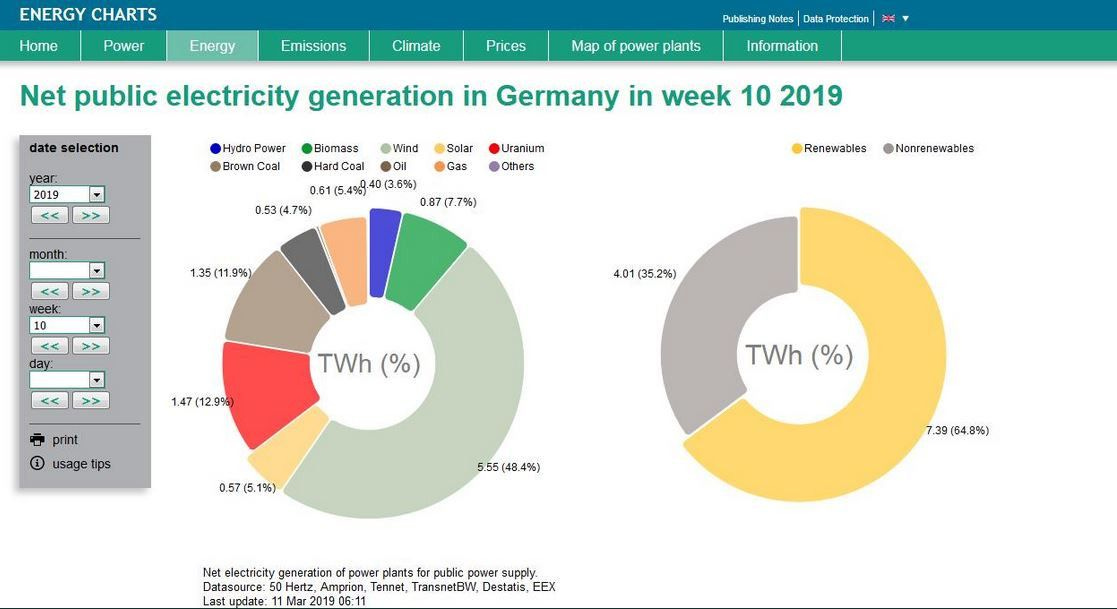Incredible Achievement – Germany sources 65% of its electricity production from renewables for a week!

Germany is one of the largest industrial economies in the world. Germany is not just the largest industrial country in European Union, but one of the largest in the world! And, this month it has done something truly incredible.
For the week of March 4 through March 10, the renewable energy sources accounted for 65% of all the energy in Germany.
For �week 10� of 2019, the week finishing on March 10 (Sunday), Germany sourced 64.8 per cent of its electricity generation from renewables.
As this graph below illustrates, the bulk came from wind (48.4 per cent), with solar contributing 5.1 per cent, biomass 7.6 per cent and hydro 3.5 per cent.
This is the graph it is talking about.
Now, as we can see, if we add in the nuclear energy sources then the share of zero emissions electricity sources shoot up to a whopping 77.7%!
And as this article says – this was despite of “comparatively lousy wind and solar resources” vs those in South Australia. After all, Australia is proceeding with innovative renewable energy advancements, for example, the number of hydro jobs in Australia is on the increase, due to the urge to find renewable energy that is sustainable.
Even with non-optimal infrastructure, Germany – which is one the largest industrial complex in the world – was able to generate 78% of its energy via zero emissions sources!
That is indeed commendable.
Now that it has been demonstrated that it can be done, the challenge is to sustain it in future.
�These figures show that the envisaged goal [of the German government] of 65 percent renewables by 2030 is technically feasible,� researcher Bruno Burger said, adding that the goal now was to sustain a high renewables share for an entire year.
By 2030, Germany wants to decommission its nuclear and coal power capacities. But that is not easy due many variables and resistance it meets.
The biggest challenges to achieve this aim currently are the sluggish expansion of the country�s power grid and the uncertain growth rate of renewables, as new wind power projects are met with increasing resistance and many older installations could be taken off the grid as they become less profitable once their 20-year guaranteed remuneration period ends.
As difficult as it may seem to many, the fact remains that this one week of March will remain as the watershed moment in the energy consumption history in the industrial world.





